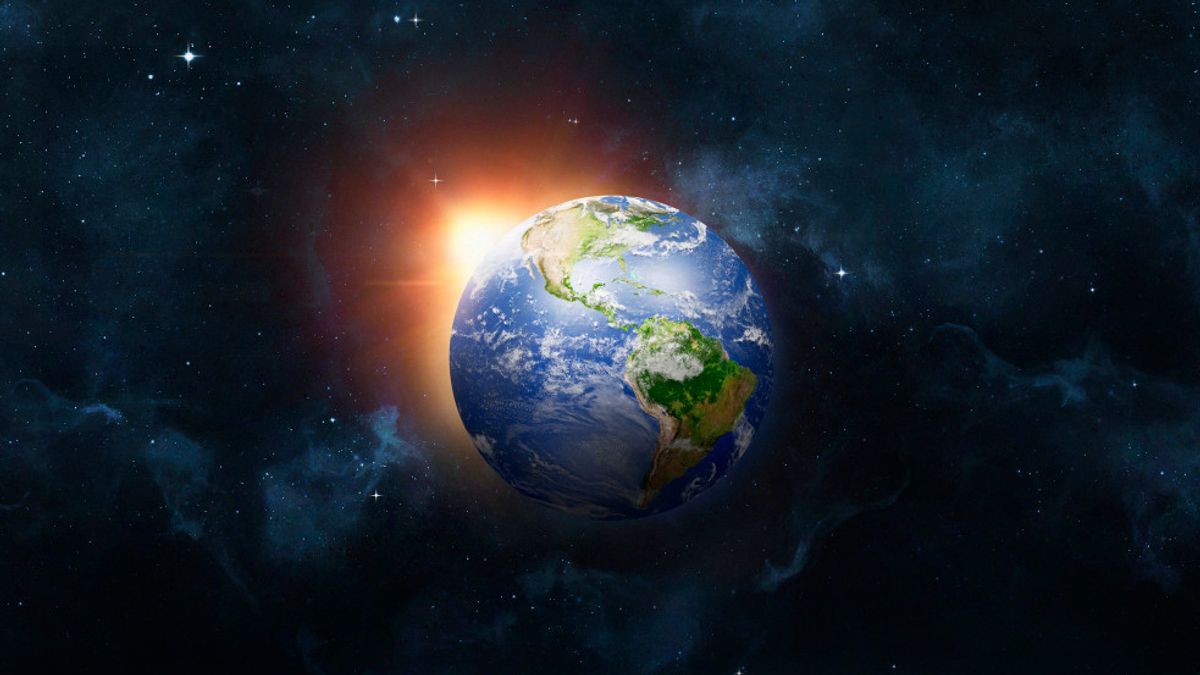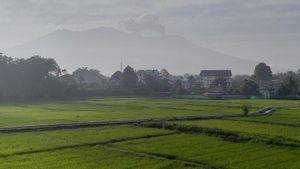YOGYAKARTA - The occurrence of day and night does not take place at the same time in all parts of the earth. When parts of the world experience light, some parts of the earth are in dark conditions. This phenomenon is studied in science.
When studying science, there are often students who ask why there are areas on earth that are dark? The dark and bright phenomenon on this earth is related to the systen of the solar system. So what is the scientific explanation?
The natural phenomenon that occurs in this world is not without reason. Everything that happens contains natural law and occurs in connection with phenoma or other natural conditions. Including the presence of a light and dark area on earth.
Basically, some of the Earth experiences dark conditions because the part is turning its back on the sun. So in the hemisphere it does not get light. While the bright part of the earth occurs because it is facing the sun, so it gets a beam of light.
There are several explanations why the earth is experiencing light and darkness:
The change between dark and bright conditions, or night and day, is caused by the rotation of the Earth. According to Neti Lim et al's book "Learning Guidelines and Evaluation of the IPA", the Earth's rotation is the Earth's turnover on its axis.
Apart from circling the sun, the Earth also rotates on its own axis. The turnaround of this earth is called rotation. As a result of this rotation, parts of the Earth alternately face and stay away from the sun.
To complete one rotation, the Earth takes 23 hours 56 minutes 4 seconds. The calculation of the Earth's rotation time is usually rounded up to 24 hours. The direction of Earth's rotation is always constant from west to east.
This rotation causes continuous changes in the day and night every day. During the day it occurs in parts of the Earth that are exposed to sunlight, while at night it occurs in parts of the Earth that are not exposed to sunlight.
When an area faces the sun, the area experiences bright conditions (in the afternoon) starting with the sunrise of the sun in the morning. On the other hand, when an area stays away from the sun, the area experiences dark conditions (at night) starting with the sunset.
SEE ALSO:
In addition to Earth's rotation, the Earth's revolution also affects changes between dark and bright areas. In Tia Mutiara's book "IPA Class X" and colleagues, the Earth's revolution is described as the circulation of the Earth around the sun.
One period of Earth's revolution lasted for 365 days 6 hours 9 minutes and 10 seconds, or one year AD. The impact of the Earth's revolution was the movement of the sun that not only circulated around the equator, but also shifted to the north and south. As a result, the duration of the day and night in various regions changed.
The earth rotates from west to east, causing a change of day and night. When the north pole faces the sun, areas like England will experience longer days, and vice versa.
This phenomenon occurs because the Earth has a part facing the sun and a part turning its back on the sun. Therefore, there are always areas that experience light and dark simultaneously.
That is the explanation of why there are areas on earth that are dark. Changes during the day and night in areas on Earth occur due to the rotation and revolution of the Earth. The explanation of the above science is very important as insight, especially for students. Also read the process of total solar eclipses.
Stay up to date with the latest domestic and other overseas news on VOI. We present the latest and updated information nationally and internationally.
The English, Chinese, Japanese, Arabic, and French versions are automatically generated by the AI. So there may still be inaccuracies in translating, please always see Indonesian as our main language. (system supported by DigitalSiber.id)

















